Lateral Epicondylitis (Tennis Elbow)
Lateral epicondylitis or tennis elbow is inflammation of the important forearm muscles and tendons at their point of attachment to the outer side of the lower arm bone. The condition is very common and is not restricted to tennis players but also occurs in golfers, carpenters, bricklayers, violinists and housewives, especially those between the ages of 35 and 55 years. It may also occur in people who do repetitive activities with their hand, wrist, forearm and elbow. Similar symptoms occur on the inner aspect of the elbow and this is commonly known as medial epicondylitis or golfer's elbow.
Lateral epicondylitis or tennis elbow is inflammation of the important forearm muscles and tendons at their point of attachment to the outer side of the lower arm bone. The condition is very common and is not restricted to tennis players but also occurs in golfers, carpenters, bricklayers, violinists and housewives, especially those between the ages of 35 and 55 years. It may also occur in people who do repetitive activities with their hand, wrist, forearm and elbow. Similar symptoms occur on the inner aspect of the elbow and this is commonly known as medial epicondylitis or golfer's elbow.
The cause of this condition is inflammation and small tears of the muscle and tendon, which are flexible structures, as they insert into the rigid portion of the bone. With forceful activities these strains cause small tears in the tendon and as they start to heal more tears occur and painful inflamed scar tissue forms.
Symptoms are pain on the outer aspect of the elbow which can interfere with sleep and can be constant. The forearm and outer aspect of the elbow aches with any grasping or lifting movements. Treatment is very difficult and time consuming. In many cases, however, a cure can be achieved by non operative methods.
Treatment involves:
1) rest (avoiding the precipitating cause).
2) stretching exercises and physiotherapy.
3) cortisone injections and anti-inflammatory tablets to reduce the inflammation about the outer aspect of the elbow.
4) use of a tennis elbow brace.
Treatment generally takes 3 months and is prolonged if one does not avoid the precipitating cause of the tennis elbow. Rarely symptoms persist and very occasionally surgery is indicated. A tendon tear may be identified on MRI scan and repair can lead to satisfying results. Postoperative physiotherapy and rehabilitation is important for upwards of 3 months.
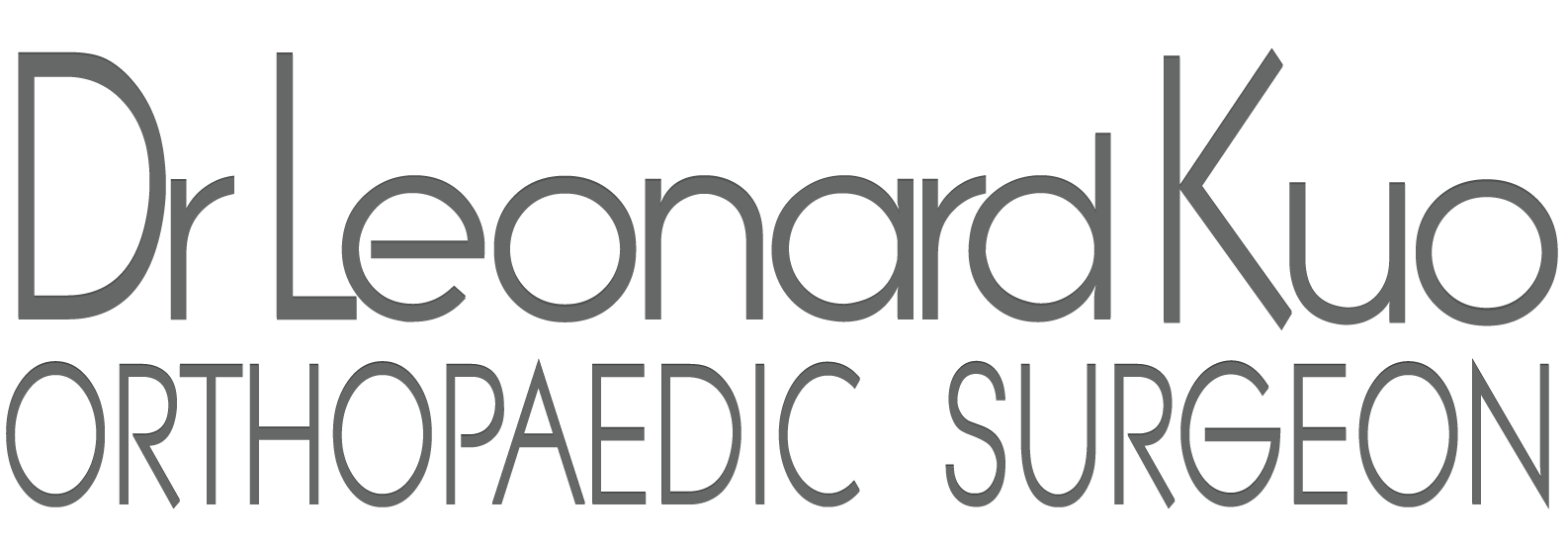
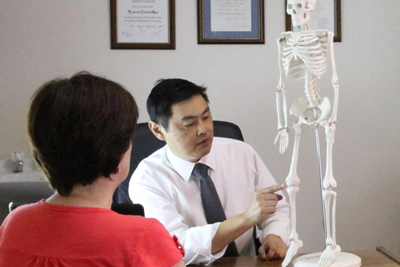
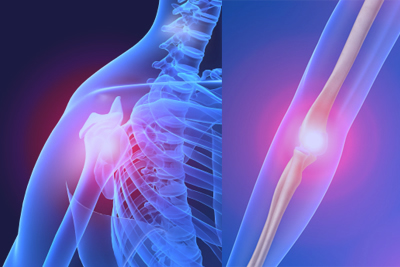
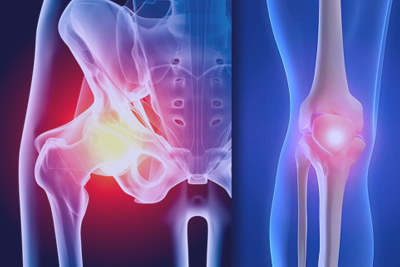
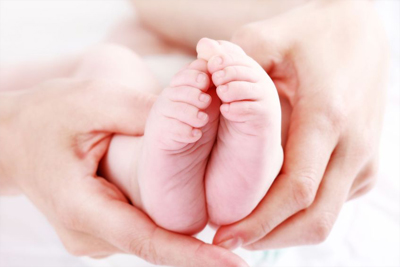
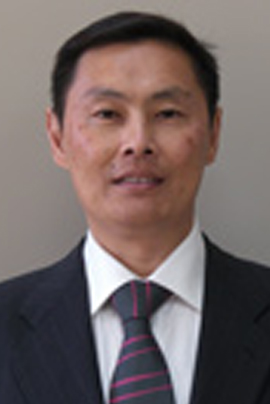 Dr. Leonard kuo
Dr. Leonard kuo